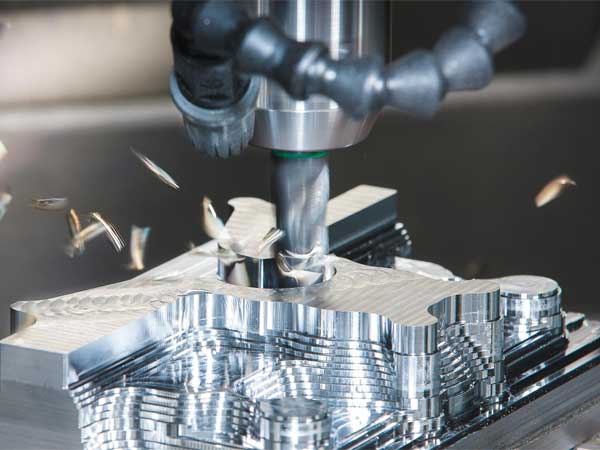Choosing the right steel material is one of the most crucial decisions in architectural and structural design. It plays a significant role not only in determining the durability and safety of a structure but also in influencing the cost, aesthetics, and sustainability of a project. With a variety of steel grades and types available, each offering unique characteristics, the selection process demands careful consideration of multiple factors. The right choice can mean the difference between a structure that stands the test of time and one that fails to meet its intended purpose. Steel is widely known for its strength-to-weight ratio, making it a preferred material for many engineering applications. However, not all steel is created equal. Different compositions and treatments result in varying levels of tensile strength, ductility, corrosion resistance, and weldability. For instance, high-strength low-alloy steels offer greater durability and are ideal for heavy-load structures, while stainless steels provide excellent resistance to rust and are suitable for environments exposed to moisture or corrosive elements. Understanding the conditions in which the steel will be used helps inform which material will perform best over time.

In addition to mechanical performance, the right steel turned parts selection also contributes to the design’s efficiency. Lighter but stronger materials can reduce the need for excess support, allowing architects more freedom to explore innovative shapes and open spaces. This efficiency translates into reduced construction costs and faster build times. Moreover, choosing a steel material that aligns with fabrication processes can enhance productivity and minimize waste, which is increasingly important in sustainable construction practices. Inappropriate choices, on the other hand, can lead to structural vulnerabilities, costly retrofits, and compromised safety. Aesthetic considerations also factor into material selection. In modern architecture, exposed steel can become a defining visual element. Designers must choose materials that not only meet structural requirements but also support the artistic vision of the project. The right finish, texture, and even patina can contribute to a building’s identity, especially in civic or landmark structures. Thus, steel must be chosen not only for what it does, but also for how it looks and interacts with other materials like glass, concrete, and wood.
Sustainability is another growing concern that highlights the importance of choosing the right steel. Recyclability, embodied energy, and the environmental impact of sourcing and manufacturing all vary depending on the type of steel. Responsible material choices can reduce a building’s carbon footprint and contribute to environmental certifications, such as LEED. Many modern Uneed steel products are made with recycled content and designed for end-of-life reuse, making them a smart choice for future-ready design. Ultimately, selecting the right steel material is a balance of performance, cost, appearance, and sustainability. It requires collaboration between architects, engineers, and material specialists to evaluate project needs and environmental factors. When these elements are aligned, the result is a structure that not only meets expectations but also adds value in longevity, aesthetics, and ecological responsibility. In a field where precision and foresight are paramount, making informed decisions about steel is not just important it is essential to building better.